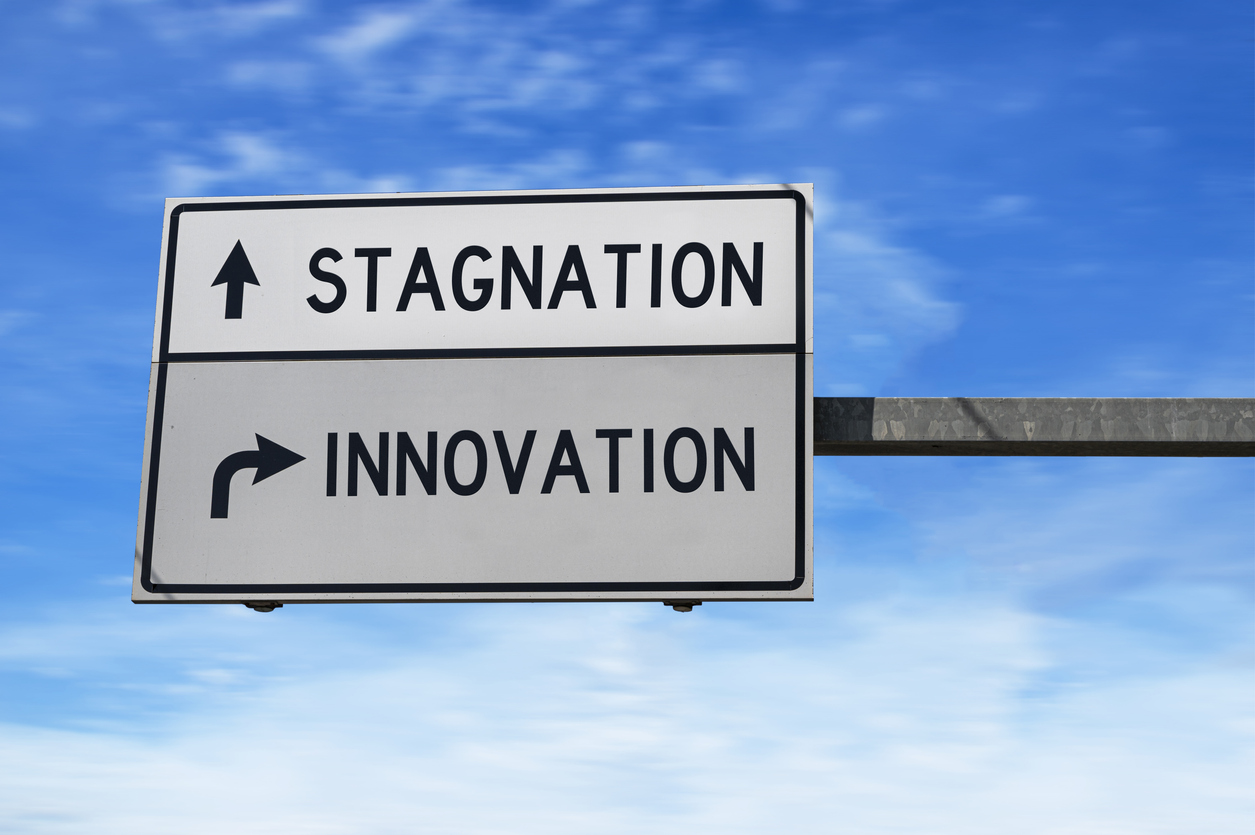These are challenging times for managing supply chains. Volatility is the norm as the world seems to absorb crisis after crisis. It may seem like an inopportune time to consider a modernization project for your warehouse systems and technologies. Yet, avoiding modernization risks falling farther behind the competition, and impacts your ability to capitalize on new opportunities. Having helped many organizations make better business decisions, we’ve encountered the gamut of challenges facing companies considering modernizing their warehouse operations using the latest software and best practices. Here are the most common concerns your peers expressed when beginning the process. From a business perspective, which of the following are among your greatest concerns?
- Inflation and the potential for a global recession
- Hiring and retaining talent
- Keeping up with customer expectations – free shipping & returns; volatility in orders; supply chain disruption – the challenges in getting parts, equipment & fulfilling orders
- Space – physical limitations in your current facilities, as well as the increasing challenges and costs in finding additional space
- Focusing on the modernization steps best for your operations:
- Physical infrastructure, material handling equipment and automation (conveyors, pick/pack stations, robotics)
- Systems of Record (Accounting/ERP, Warehouse Management Systems (WMS), Transportation Management Systems (TMS), Order Management Systems (OMS)
- IT – PCs, servers, network, security – physical and cyber
As you plan for 2023, we recommend deciding which of the following are most critical for you?
Financial Strategies
With uncertainty in the global economy – inflation here in the US and macroeconomic forces that point to a potential global recession – putting tighter controls over cost controls, demand planning, forecasting, accounts payable/receivable and other financial planning activities is prudent. Maybe you’re still using manual/paper-based processes to address these functions. Or perhaps you have outdated software systems that are groaning under the stress of the volatility. Modernizing these functions helps minimize the impact of inflation and supports increased profitability.
Space Optimization Strategies
Efficiency is the name of the game if you’re going to utilize tech to achieve more within your existing facilities/infrastructure. This means assessing your current-state and optimizing the use of your current operations. Making plans to change the design of your facilities to better utilize the space you have improves throughput, inventory control and visibility. All of which boosts your bottom line.
Enterprise Software Strategies
The foundation of a company’s systems is its IT infrastructure – hardware, software, network and security. As I learned a long time ago, you’re only as strong as your weakest link. Any cracks in your foundation will inhibit your ability to build upon it. In some cases, as with cybersecurity, it can be catastrophic.
A company’s core enterprise systems include Accounting/ERP, Transportation/Logistics, Inventory/Warehouse Management as well as Order Management. As online commerce continues to grow, improving automation to support e-commerce business has never been more important. Keeping up with increasing customer demand for free shipping and returns and effective partnering opportunities with online retailers and others can only be optimized using modern technology tools and best practices. Many companies are using legacy software that cannot keep up with the online order management and returns. They will not be able to take advantage of new technologies like robotics and systems of intelligence (AI, Predictive Analytics, etc.) unless they upgrade their current systems.
Modernizing your operations in any these strategic avenues can improve profitability, operational efficiency and the ability to satisfy customer demands. Doing so requires clear-eyed guidance in three key areas. There is selection and deployment of the right technology and automation – hardware and software – to ensure secure, mobile access to information for your employees and customers. There is effective planning and execution of automation equipment – material handling equipment, conveyors, Pick/Pack technology, robotics. Last but not least, there is the risk management piece – cybersecurity to protect against ransomware and other cyberattacks; data systems backup and disaster recovery and safety processes.
Avoiding bad or poorly planned modernization decisions can be catastrophic. Our best advice? Don’t go it alone! Trusted advisors like ATS can help guide you with deep expertise and experience to ensure your success. Reach out today for an assessment and preliminary recommendations.

